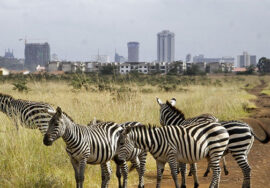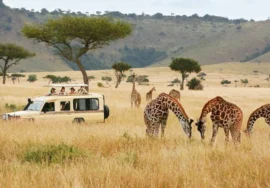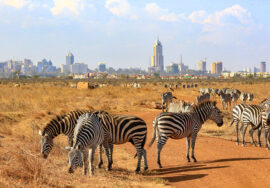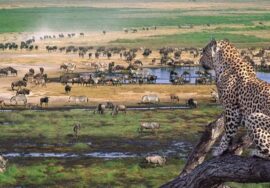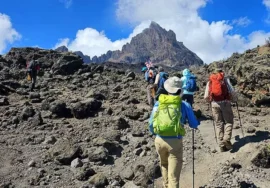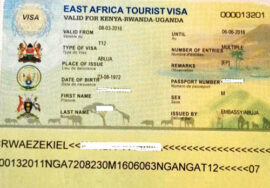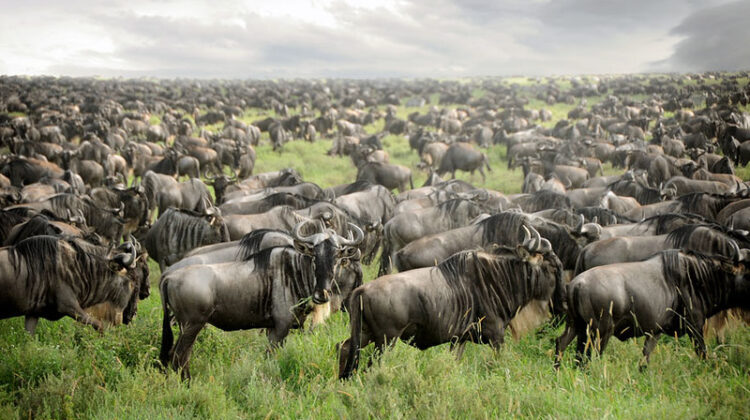
A Guide to the Great Migration in Tanzania
All year long, these huge groups of grazers naturally look for taller grasses, which takes them through all the different environments. Along the way, they have to cross dangerous rivers and avoid deadly animals like big cats, which are always on the lookout for these large groups. Along this 1000 km/620 mi trail of life, each group is competing for food.
For those who missed The Great Migration in Kenya’s Masai Mara, there are many chances to see it in Tanzania and experience its size, excitement, and beauty. You just need to know how to plan your trip in Kenya and Tanzania so that it fits with the animals’ paths.
The time for giving birth
The Masai Mara’s migration is at its busiest from June to October. But when the short rains start in November, the animals move south, crossing the Mara River again on their way to the eastern edges of Tanzania’s Serengeti and the Ngorongoro Conservation Area.
The Ngorongoro Crater is the world’s biggest intact volcanic caldera. When it rains, the rich volcanic soil is covered in thick, healthy grasses. Again, instincts are aroused, bringing tens of thousands of wildebeest women to this area to give birth, nurse, and drop their babies.
A tour in Tanzania, Africa, to see wildebeest give birth Safaris in Kenya
Wildebeest, zebra, gazelle, and other animal babies, like giraffes, monkeys, and more, give birth in these fields, which are a sight to see. Even animals that eat other animals are giving birth right now. Cats, lions, and leopards all have cubs that are hungry.
From winter to spring
If you go on safari to this part of Tanzania during the birthing season, you’ll see more than 500,000 baby animals crying, baying, and stumbling as they try to nurse, stand, and join their group.
If you go to these fields later in the spring, you can sit down and watch as hundreds of thousands of kids join their parents and start the eternal march all over again. The storms far away have made their senses stronger, and they can smell new grass to the north and west.
In May, huge migration lines that run for miles have formed. This is because mating season has begun, and the males are fighting fiercely to be the dominant male.
This is a different kind of big show, and we can show you all the different parts of the Great Migration every year, from the Masai Mara to the Serengeti and more.
You can choose which parts of this amazing animal movement to see or all of them. We’ll take you there.

